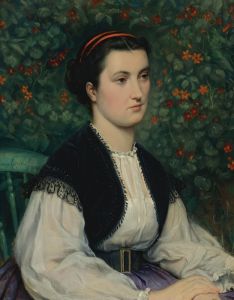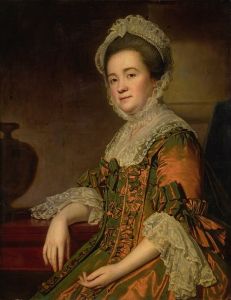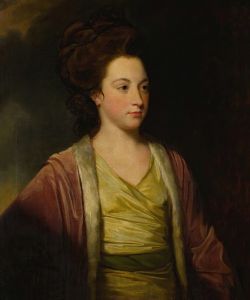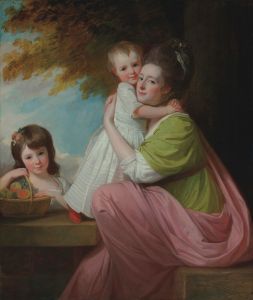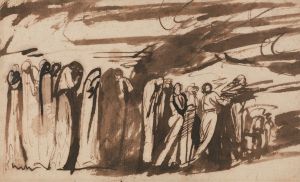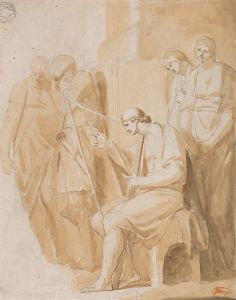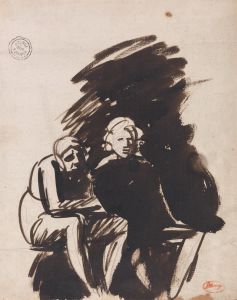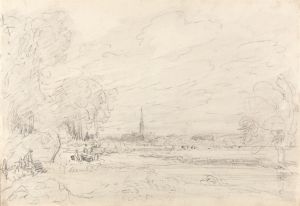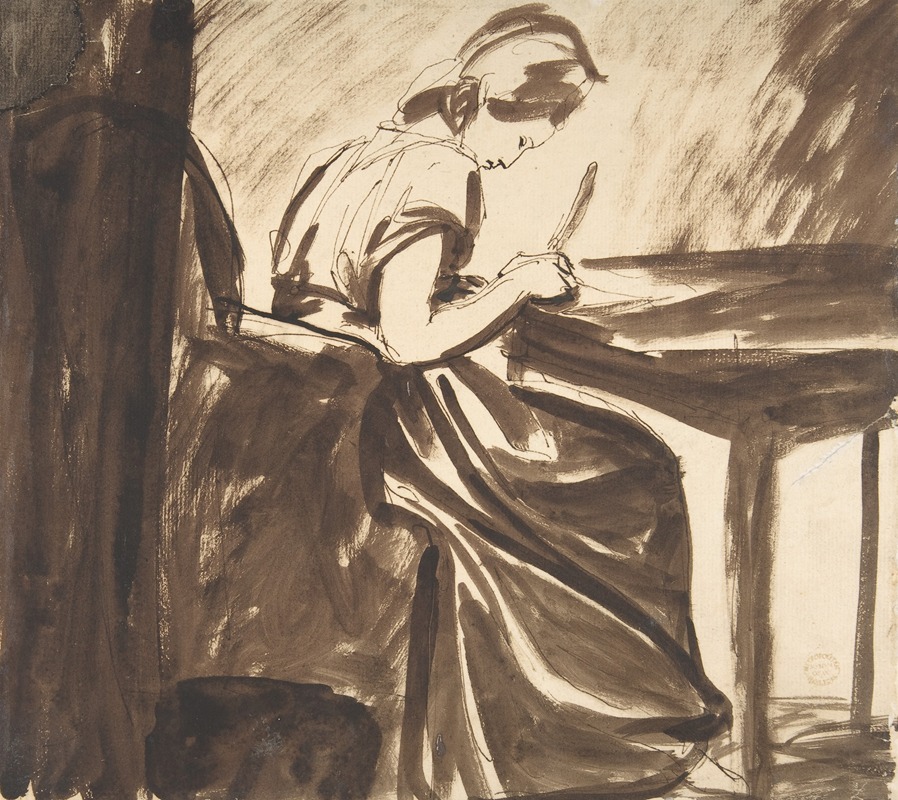
Lady Seated at a Table
A hand-painted replica of George Romney’s masterpiece Lady Seated at a Table, meticulously crafted by professional artists to capture the true essence of the original. Each piece is created with museum-quality canvas and rare mineral pigments, carefully painted by experienced artists with delicate brushstrokes and rich, layered colors to perfectly recreate the texture of the original artwork. Unlike machine-printed reproductions, this hand-painted version brings the painting to life, infused with the artist’s emotions and skill in every stroke. Whether for personal collection or home decoration, it instantly elevates the artistic atmosphere of any space.
"Lady Seated at a Table" is a painting by the renowned British artist George Romney, who was one of the leading portraitists of the late 18th century. Romney was born on December 26, 1734, in Dalton-in-Furness, Lancashire, England, and he became well-known for his portraits of high society figures, including many women of the aristocracy and notable personalities of his time.
The painting "Lady Seated at a Table" exemplifies Romney's skill in capturing the grace and elegance of his subjects. The artwork features a woman seated at a table, engaged in an activity that is not explicitly detailed in the painting. The composition is typical of Romney's style, which often included a focus on the sitter's pose and expression, set against a relatively simple background that emphasizes the subject's presence.
Romney's portraits are characterized by their refined and delicate brushwork, as well as his ability to convey the personality and mood of his sitters. In "Lady Seated at a Table," the artist's use of light and shadow, along with his attention to the textures of the clothing and the table, demonstrates his mastery of the medium. The lady's attire and the setting suggest a sense of sophistication and poise, which were hallmarks of Romney's portraiture.
George Romney's career was marked by his rivalry with Sir Joshua Reynolds and Thomas Gainsborough, two other prominent portrait painters of the time. Despite this competition, Romney secured a significant number of commissions from the British elite, thanks to his distinctive style and the high quality of his work. His portraits were highly sought after, and he became one of the most fashionable portraitists in London during the late 18th century.
Romney's work, including "Lady Seated at a Table," is part of the broader tradition of British portraiture that flourished during the Georgian era. This period saw a growing interest in capturing the likenesses of individuals, reflecting the social and cultural changes of the time. Portraits were not only a means of preserving the appearance of the sitter but also a way of conveying their status, character, and achievements.
The exact date of "Lady Seated at a Table" is not specified, but it is consistent with the style and techniques Romney employed during his most productive years, roughly between the 1770s and 1790s. This period was when he produced many of his most celebrated works, often depicting women in elegant and contemplative poses.
George Romney continued to paint until his health began to decline in the early 19th century. He passed away on November 15, 1802, in Kendal, Westmorland, leaving behind a legacy of influential and admired portraits. Today, his works are held in numerous prestigious collections, including the National Portrait Gallery in London and various other institutions and private collections around the world.
"Lady Seated at a Table" remains a testament to Romney's artistic talent and his ability to capture the essence of his subjects with grace and sensitivity. The painting continues to be appreciated for its aesthetic qualities and its place within the history of British art.






